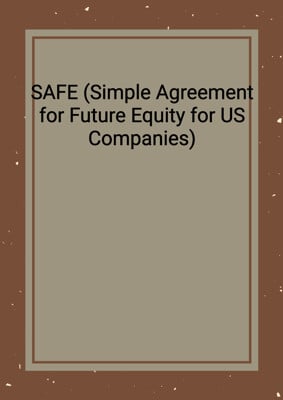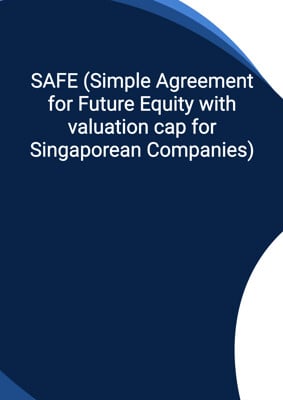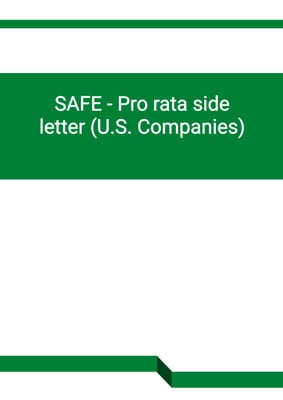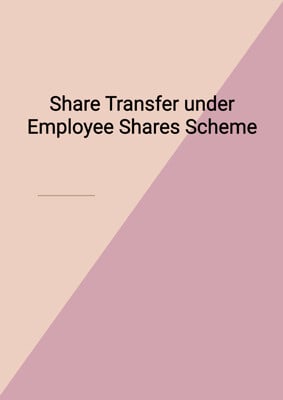How to Tailor the Document for Your Need?
01
Create Document
Fill in the details of the parties. You can click the "Fill with Member’s Information" button to complete it with information saved to your account.
02
Fill Information
Please fill in any additional information by following the step-by-step guide on the left hand side of the preview document and click the "Next" button.
03
Get Document
When you are done, click the "Get Document" button and you can download the document in Word or PDF format.
04
Review Document
Please get all parties to review the document carefully and make any final modifications to ensure that the details are correct before signing the document.
Document Preview
Document Description
Under the technological era, the start-up ecosystem has emerged as advancements in technology have made it easier for individuals to pursue their dreams. To all startups, early-stage funding is critical, and a simple agreement for future equity (SAFE) has started to gain popularity, being a short and flexible agreement providing future equity rights.
In SAFEs, startups may receive funding from investors without determining a valuation or issuing equity immediately. Their investments will be converted into equity once a predefined triggering event occurs (such as an equity financing round or liquidity event). SAFEs are different from traditional financing methods such that they do not accrue interest or have a maturity date.
For startups, SAFEs can avoid the significant equity dilution for founders, allowing them to keep more control over the company. Also, since SAFE is not a debt instrument and does not accrue interest, it avoids the pressure of accumulating debt and making repayments. As for investors, the major attraction of a SAFE is the potential for high returns, since their equity could appreciate substantially once the startup succeeds.
SAFEs are certainly different from convertible notes, which are traditional financial instruments issued first as debt and can then be converted to equity under the specific terms of the note agreement. SAFEs are more like a warrant.
How to use this document?
To use the 'SAFE (Simple Agreement for Future Equity)' document, follow these steps:
1. Familiarize yourself with the document: Read through the entire document to understand its purpose, terms, and conditions.
2. Identify the parties involved: Determine the names and addresses of the contracting parties, referred to as 'Party 1' and 'Party 2' in the document.
3. Determine the purchase amount: Determine the amount that Party 2 will pay to Party 1 in exchange for the right to certain shares of the company's capital stock.
4. Understand the events triggering share issuance: Familiarize yourself with the different events outlined in Section 1 that would entitle the investor to receive shares, such as equity financing, liquidity events, and dissolution events.
5. Comply with transaction requirements: Ensure that all necessary transaction documents related to equity financing are executed and delivered by the investor, as outlined in Section 1(a). This may include signing agreements and providing representations and warranties.
6. Consider pro rata rights: If applicable, discuss and execute a pro rata rights agreement with the company, as mentioned in Section 1(a)(ii).
7. Prepare for liquidity events: Understand the options available to the investor in the event of a liquidity event, as described in Section 1(b). Decide whether to receive a cash payment or shares of ordinary shares.
8. Prepare for dissolution events: Familiarize yourself with the provisions related to dissolution events in Section 1(c). Understand the payment obligations of the company and the distribution of assets to the investor.
9. Monitor termination conditions: Be aware of the conditions under which the agreement will expire or terminate, as outlined in Section 1(d).
10. Seek legal advice if necessary: If you have any questions or concerns about the document or its implications, consult with a legal professional to ensure you fully understand your rights and obligations.
By following these steps, you can effectively use the 'SAFE (Simple Agreement for Future Equity)' document and navigate the process of issuing shares to the investor.
Not the right document?
Don’t worry, we have thousands of documents for you to choose from:















